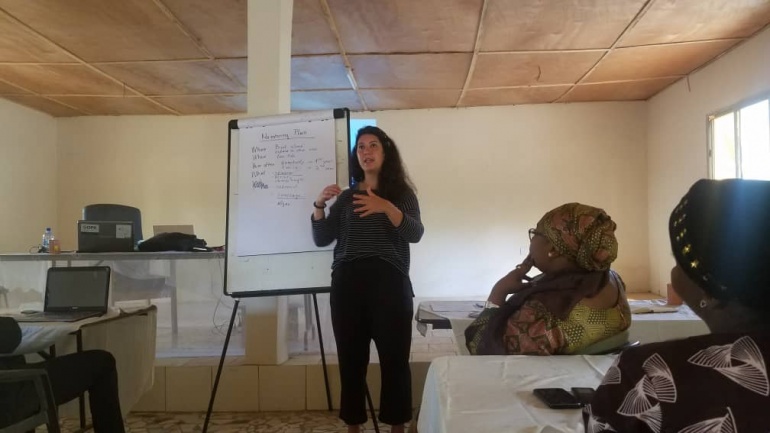
The Government of the Gambia through the Department of Parks and Wildlife Management in collaboration with GRID Arrendal and Wetlands International has recentlyconcluded a five days capacity building training for national managers and researchers working in the various fields of marine and coastal environmental management and conservation.
GRID Arrendal and Wetlands International are implementing a sub-regional project entitled “ResilientSea” to enhance the management of seagrasses in West Africa.
The training was held at Tanji Bird Reserve and brought participants including national managers and researchers were trained on different subjects and characteristics of sea grasses, their biology and ecology.
Speaking at the opening ceremony, OusainouTouray deputy director DPWM underscored the importance of the training while saying participants will study sea grass biology, learn sea grass taxonomy, discuss sea grass ecology, gain knowledge of monitoring and become skilled at conducting a field monitoring event.
Mr Touray thanked the MAVA Foundation for providing funding for the project while assuring the Gambia team is always ready to work with them.
Mohamed Ahmed SIDI CHEIKH, GIS Analyst and researcher in seagrass ecology said there are around 60 different species of seagrass world-wide, and some do not look like grass at all.
He said leaves of different seagrass species can be shaped like a flattened ribbon, look like a fern, a clover, or even like spaghetti but no matter what the shape, seagrass leaves rely on light to convert carbon dioxide and water into oxygen and sugar (photosynthesis).
According to him,seagrass serve as food and provides shelter for marine life. Within seagress meadows, you can find animals such as prawns, crabs, starfish, marine slugs and seahorse, he stated.
Maria Potourogloua researcher at GRID-Arendalsaid due to the lack of knowledge about sea grass beds in West Africa, the MAVA Foundation has initiated for a regional project involving several partners.
She averred that this project aims to increase knowledge of seagrass beds in West Africa and to conduct pilot actions at selected sites, with the aim of implementing management tools and improving their protection status and the services they provide.


